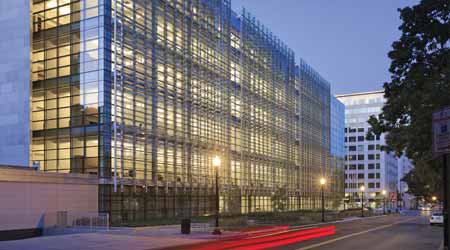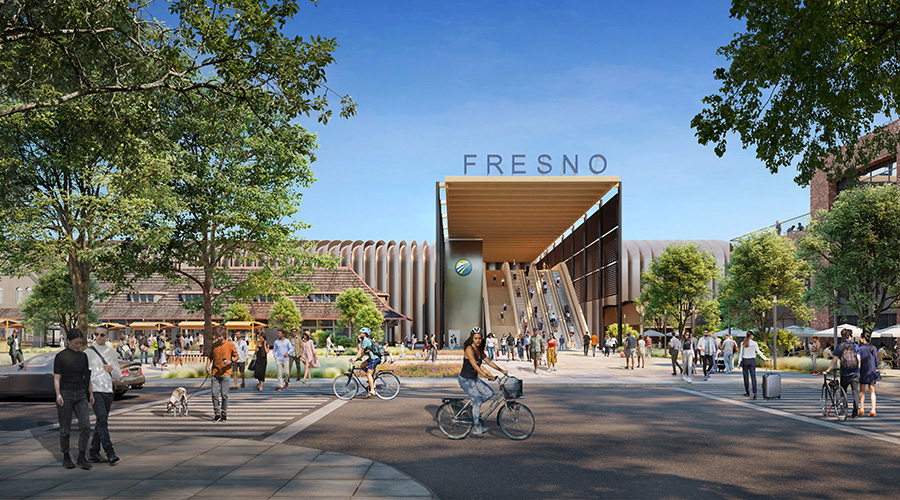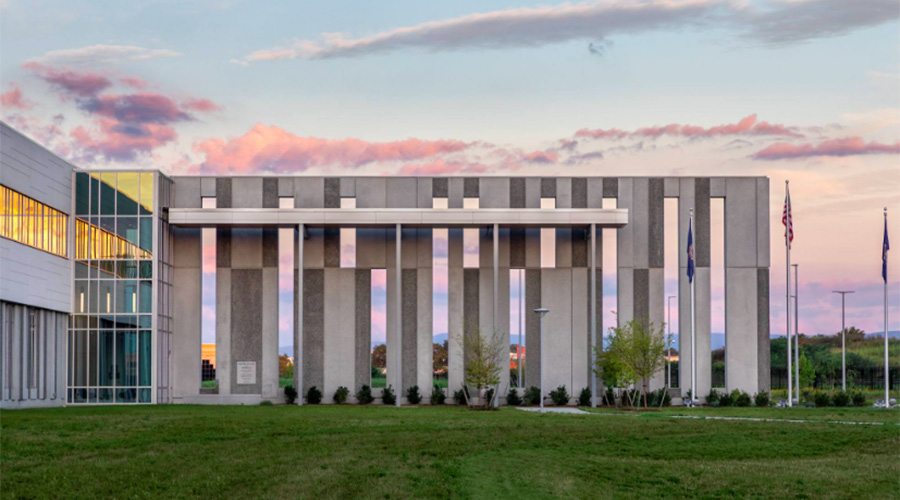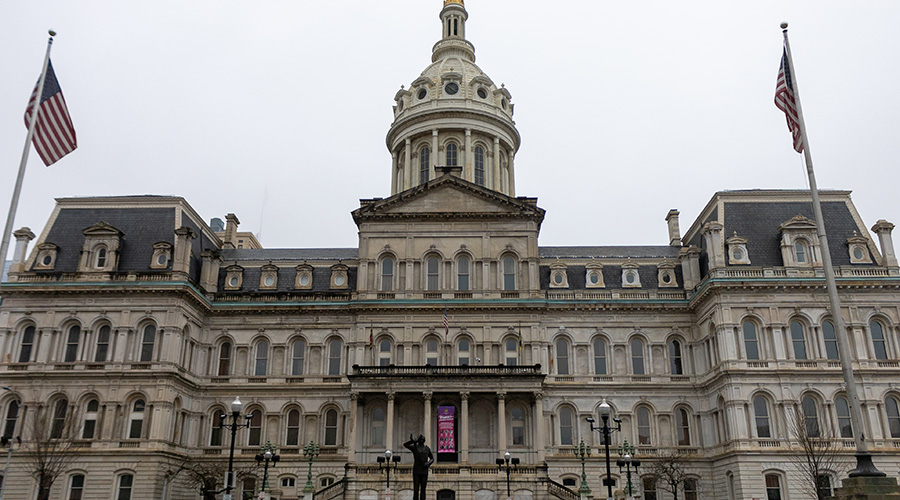 The DC Consolidated Forensic Lab came in 17 percent under budget with much of the savings due to sustainable design elements that reduced the number of chillers required and, thanks to chilled beams, cut the floor-to-floor height of the building.Photo: (c) Alan Karchmer / Courtesy of HOK
The DC Consolidated Forensic Lab came in 17 percent under budget with much of the savings due to sustainable design elements that reduced the number of chillers required and, thanks to chilled beams, cut the floor-to-floor height of the building.Photo: (c) Alan Karchmer / Courtesy of HOKHow GSA Is Making High-Performance Buildings Affordable
GSA is proving that green buildings need not cost more than traditional ones to get impressive sustainability results.
The federal government has long been a pioneer in using sustainable building design to achieve energy efficiency while enhancing the health and productivity of occupants. With several projects serving as a proving ground for sustainable design, government agencies have paved the way for high-performance buildings. Energy consumed in federal government facilities has been generally declining over the past four decades, with an overall 49 percent reduction in energy intensity since 1975.
With more than 9,600 federal assets under management, the U.S. General Services Administration (GSA) is one of the world’s largest and most diversified public real estate organizations. Its actions can change thinking and move markets.
GSA recently released a study (The Impact of High-Performance Buildings) demonstrating that high-performance buildings save energy, reduce water use, are more cost effective to operate, produce less waste, and have more satisfied occupants compared with typical buildings. The study compared 100 GSA high-performance buildings to 100 GSA legacy stock buildings, looking at actual performance data in five key metrics over three years. Compared to legacy stock buildings, GSA’s high-performance buildings have recorded:
• 23 percent lower energy use
• 28 percent lower water use
• 23 percent lower building operating expenses
• 9 percent less waste landfilled
• Higher overall tenant satisfaction.
“If the legacy building stock in our data set matched the high-performance buildings in our study, GSA would save over $44 million a year,” says Donald R. Horn, deputy director, Office of Federal High-Performance Buildings for GSA.
When compared to industry benchmarks rather than GSA legacy stock buildings, the results — 43 percent less energy and 35 percent less water used — are even more impressive.
Many deep green projects for GSA and other government agencies have come in below cost or at similar price points to what those same buildings would have cost without sustainable design elements. This was accomplished by focusing on three tactics for improving sustainability: leveraging integrated design, employing energy modeling, and programming the space for efficiencies.
Related Topics:















